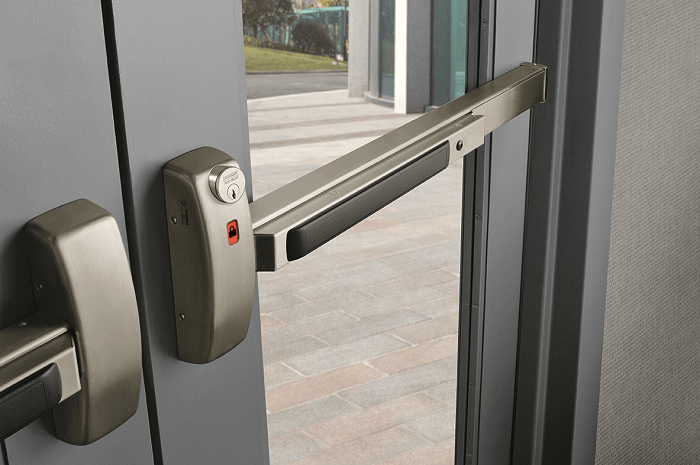Home safes are designed to keep your most valuable items secure and protected from theft, so choosing from the best top home safe brands is very important. Having a home safe will not only keep your valuables secure but often gives you a break in insurance rates as well. The insurance company will want to know the qualifications on your safe which will help to determine the replacement value of your valuables. Before rushing out and buying the first safe you see, there are some helpful tips to keep in mind.
Type of Safe
Do you want to store important documents, heirloom jewelry, or are you needing to keep cash safe at a business or maybe secure a gun? Whatever it is you want to keep inside your safe, this is the first consideration in shopping for the best safe brand for your needs. Maybe you simply want a safe place to protect priceless family items from fire or flood. Keep in mind, for instance, that a safe that has good fire protection ratings may not be the best safe for your needs to protect from flood or theft and vice versa.
Safes come in different:
Sizes
Styles
Materials Used (Steel, etc.)
Theft or Fire Protection (For instance, a safe made of steel will protect from thieves, but for fire protection, you will want two thin sheet metal boxes filled with a layer of fire board insulation)
Ratings
Safes are tested and given a rating. Safes that are intended to keep items free from theft go through rigorous testing to make sure they cannot be easily cracked open. A rating of TL15, for instance, means that it took at least 15 minutes before the safe could be opened during testing.
Some of the best top home safe brands include:
First Alert is one of the best home safe brands. The First Alert 2092DF is waterproof and fire safe with a digital lock. It provides amazing protection from water and fire damage as well as theft protection. You can bolt it to your floor without interfering with the waterproof resistance or fire proof aspects. The inside space of the safe is large enough to hold several valuables with its 1.31 cubit foot storage capacity and a removable shelf. It offers pry-proof and concealed hinges with live locking door bolts. The digital keypad is back lit to make it easy to lock or open with the right code even in the dark and has an emergency override key. It is made of steel, cement and ABS plastic and designed to sustain one hour of fire exposure and able to be fully submerged in water.
SentrySafe SFW123DSB is one of the top home safe brands and models offering protection from fire with a combination lock. The water resistant feature is less reliable than the First Alert model, but still offers some amount of water resistant protection, and is large enough to hold an air-tight container to resist inside condensation for photos or other keepsakes. The safe has a pry-resistant hinge bar and bolt-down hardware. Its weight is a theft deterrent and can also be bolted to the floor. The 1.2 cubic feet of inside space makes it large enough for several home valuables. It is UL classified to survive one hour of flames and heat from a fire.
Stack-On PS-515 home safe offers an electronic lock and is a nice, budget-friendly option. It delivers protection from burglary and is a decent medium sized basic for documents, jewelry or small firearms. It is a certified home gun safe with concealed hinges and two live action steel locking bolts. It is pry resistant with a solid 9 gauge steel door and 12 gauge steel sides and has a padded bottom and shelf. The keypad is easy to read and times out after three attempts to deter crooks.

Other top home safe brands include names like Barska, Honeywell, and Paragon.
If you store your home safe inside a wall or on a floor board, be certain to bolt it down properly. Also, always keep it locked when not in use. Ultimately, when selecting from the top home safe brands, purchase the most expensive safe that fits within your budget.



